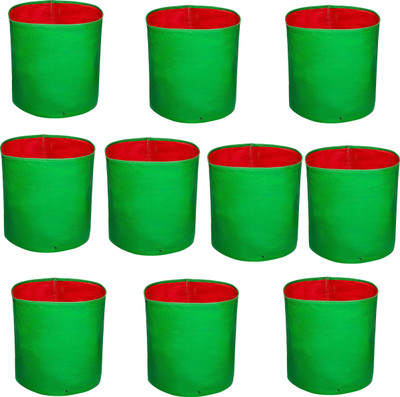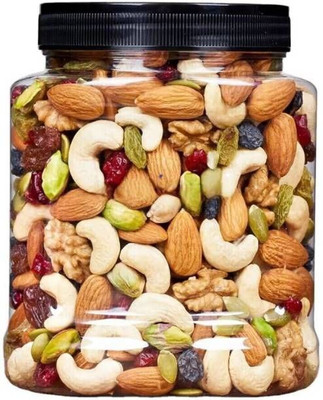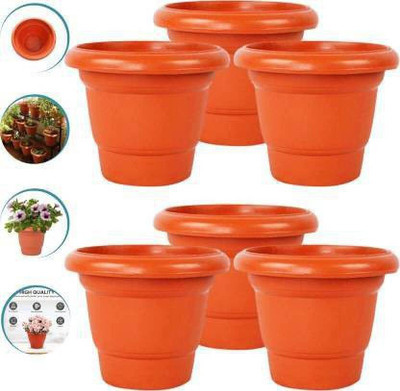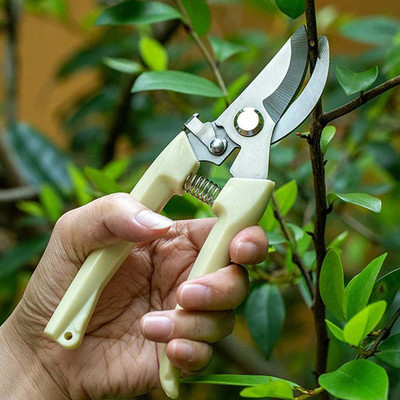
CYBEXIS Celery Seeds high-Yield Disease-Resistant 1400 Seeds Seed (1400 per packet)
Share
CYBEXIS Celery Seeds high-Yield Disease-Resistant 1400 Seeds Seed (1400 per packet)
Be the first to Review this product
Special price
₹299
₹1,199
75% off
Available offers
T&C
T&C
Delivery
Check
Enter pincode
Delivery by30 May, Friday|Free₹40
?
if ordered before 10:59 PM
View Details
Highlights
- Seed Type: Herb
- Suitable For: Indoor, Outdoor
- Organic Plant Seed
- Seed For: Celery Seeds high-Yield Disease-Resistant 1400 Seeds
- Quantity: 1400 per packet
Services
- Cash on Delivery available?
Seller
Description
PLANTING INSTRUCTIONS
Prior to planting, soak seeds in warm water overnight to reduce germination time. Work organic fertilizer or compost into the ground before implanting.
Celery seeds should always be sowed indoors first for best success rate, 8 to 10 weeks before the average last frost date in your area.
For summer gardeners, a late summer direct sowing is possible.
Harden off seedlings before transplanting by reducing water slightly, and keeping them outdoors for a couple hours at daytime.
Transplant seedlings 10 to 12 inches apart, direct sow seeds ¼ inch deep. This will necessitate to be reduced to 12 inches apart when they get to about six inches high.
GROWING REQUIREMENTS
WATERING
Celery requires lots of water. Make sure to provide plenty of water during the entire growing season, especially during the hot and dry weather.
PESTS
Celery may show brown spots, blisters, slow/stunted growth, chewed stems, yellow leaves, holes in leaves etc. It can be the result of the pests like Cutworms, Aphids, Whiteflies, Bolting, Mosaic Virus, Fusarium Wilt.
SOIL
Celery prefers moist, rich, well-composted soil with a pH ranging from 6 to 6.5.
SPOT
Celery requires full sun to light shade.
TEMPERATURE
The temperature should stay between 13 and 21ºC [55 and 70ºF] throughout growing period.
HOW TO HARVEST
The parts of celery that are mainly harvested include the stalks, which will be above ground.
Harvest stalks from the outside in when they are about 8 inches tall.
Celery can be kept in the garden for up to a month, if soil is built up around it to maintain an ideal temperature.
The darker the stalks become, the more nutrients they will contain.
Keep celery in a plastic bag when refrigerating. It should be used within two weeks.
Read More
Specifications
In The Box
|
General
| Brand |
|
| Model Name |
|
| Quantity |
|
| Common Name |
|
| Suitable For |
|
| Type of Seed |
|
| Organic |
|
| Family |
|
| Uses |
|
| Soil Nutrient Requirements |
|
| Sowing Method |
|
| Net Quantity |
|
Additional Features
| Care Instructions |
|
| Other Features |
|
Be the first to ask about this product
Safe and Secure Payments.Easy returns.100% Authentic products.
Back to top








